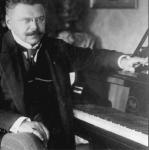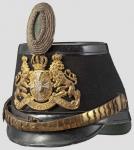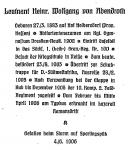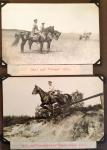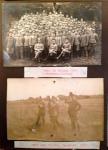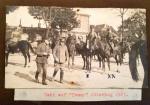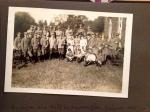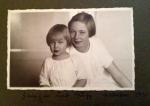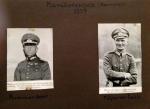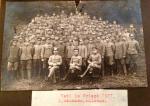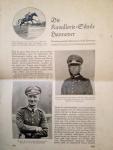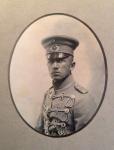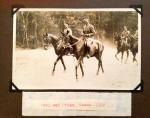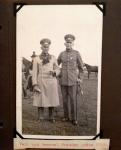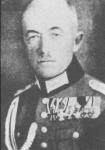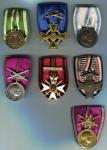-
Posts
2,868 -
Joined
-
Last visited
-
Days Won
20
Content Type
Profiles
Forums
Blogs
Gallery
Events
Store
Everything posted by Claudio
-
It's not particularly the mint conditions that I'm looking for… the construction of the bar, the combination of the awards and its plausibility … and last but not least who sells it! I've been burned a few times by some "premium" and "reputable" dealers or auctioneers, therefore I'm quite cautious… ;-)
-

Weimar time medal bars
Claudio replied to Claudio's topic in Germany: Weimar Republic & Deutsche Freikorps
So many splendid Weimar Era bars... thanks for showing them! It doesn't bother me at all, if from time to time, you can see such bars with no EK, since these EKs were "recycled" to assemble new bars after 1934-35, according to the new rules, which prohibit to wear non-official Weimar era veteran decorations, although some were allowed to be worn (see Schlesischer Adler, Baltic cross... etc.) @ Jean-Sam: love your 4 placed frack bar... look at the sewing of the lower ribbon on the back... so much work in it! ;-) Also very nice the one of the 16th IR... only one "official" medal on the bar (LW long service medal). If you decide to part with them let me know... ;-) Just kidding! Enjoy them as much as I do! Thanks also for re-activate this very interesting (at least to me) thread! ciao, Claudio -
Thanks Chris for the images, thank you Adler1 for your comment... I think your first officer's tschako has a correct front emblem plate (model to fit tschakos, a bit smaller and better designed). The second and mine are just plain infantry emblem plates, a bit bigger. I don't know if vent holes must necessarly be on it, but I would prefer so, if we speak of officer's tschakos: maybe in earlier examples they come without? Hard to believe that... furthermore, my next questions, when were such tschakos emblem plates introduced? Doesn't look a bit too new my tschako interior if it was an earlier model without side vent holes? C
-
Lebensdaten der auf dem Ehrenfelde D.-Südwestafrikas gebliebenen Offiziere : 1904 - 1907; zum Gedenkblatt http://edocs.ub.uni-frankfurt.de/volltexte/2006/3391/ Well, well... I am suspicious that after all he didn't die during the attack in Sperlingspütz: so heroic his death might not have been... in fact most of the German soldiers in the colonies died from sickness rather than in combat. ciao, Claudio
-

Polizei Civil and police medalbar
Claudio replied to drspeck's topic in State, Civil Awards & Decorations
Hi Peter, Nice Godet's bar... a bit beaten up, but I think it's a authentic one...notice also the convex metal bar (not straight) that follow the shape of the upper breast where the medal bar should be worn. Also the configuration in the back indicates in all the details that this is a Godet. Very likely it was badly stored in the the last 60 years. The wearer could have been a very young WWI veteran who could have risen to a quite senior police officer rank, but with no documents supporting this, there's no way to identify the owner of this bar. Nice one, nevertheless! ciao, Claudio -
Dear forumites, My latest purchase... a lovely photograph of Leutnant Heinrich Wolfgang von Abendroth, text on the reverse: Heinrich von Abendroth – erlitt den Heldentod in Süd- Westafrika am 4. Juni 1906” (Leutnant Heinrich Wolfgang von Abendroth, geb. 1883, fiel am 04.06.1906 beim Sturm auf Sperlingspütz / DSW / Namibia) Anyone could give me more details on von Abendroth "brief" career or deeds? Thank you in advance for all your comments and inputs! ciao, Claudio


